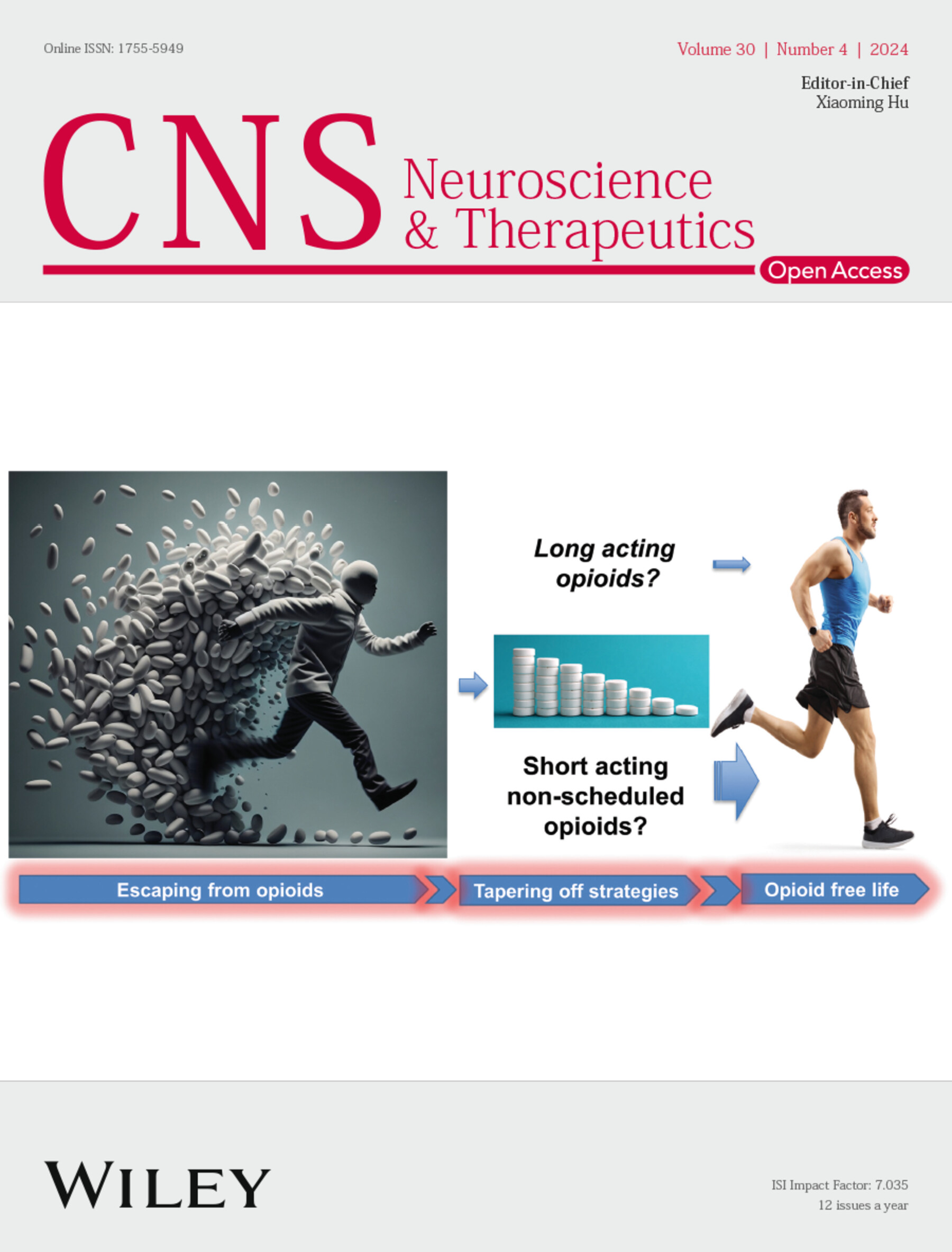Multi-Target Repetitive Transcranial Magnetic Stimulation Improves Freezing of Gait in Parkinson's Disease: A Randomized Controlled Trial
Abstract
Objective
In this randomized, double-blind, sham-controlled trial, we investigated the efficacy of multi-target 10-Hz rTMS targeting both M1 and SMA in alleviating freezing of gait (FOG) in Parkinson's disease (PD) patients.
Methods
Eighty-four PD-FOG patients were randomly assigned (1:1:1:1) to four groups: M1 and SMA group, M1 group, SMA group, and sham group. rTMS was administered once daily for 10 consecutive days. Assessments were conducted at baseline (T0), after the final session (T1), and 30 days posttreatment (T2), using the FOG-Q, UPDRS-III, Timed Up and Go (TUG) Test, Standing-Start 180° Turn (SS-180) Test, and measures of emotion and cognition.
Results
Application of 10-Hz rTMS to bilateral M1 or SMA significantly reduced FOG severity, improved motor function, and alleviated emotional disturbances in PD patients, with effects lasting at least 1 month. Compared to single-target stimulation, multi-target stimulation of M1 and SMA high-frequency rTMS showed more pronounced therapeutic effects across these outcomes. However, no significant cognitive improvements were observed in either the real or sham stimulation groups.
Conclusions
The results of this study indicate that bilateral M1 and SMA 10-Hz rTMS is a promising therapeutic approach, providing new possibilities for clinical treatment.


 求助内容:
求助内容: 应助结果提醒方式:
应助结果提醒方式:


